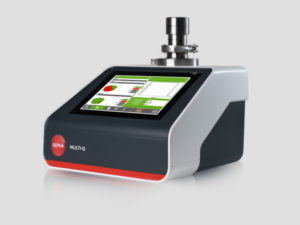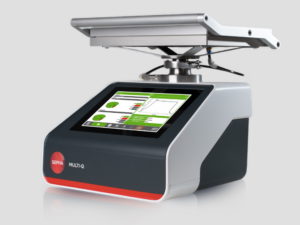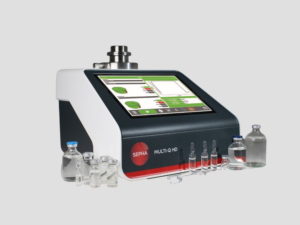Pressure Decay Method
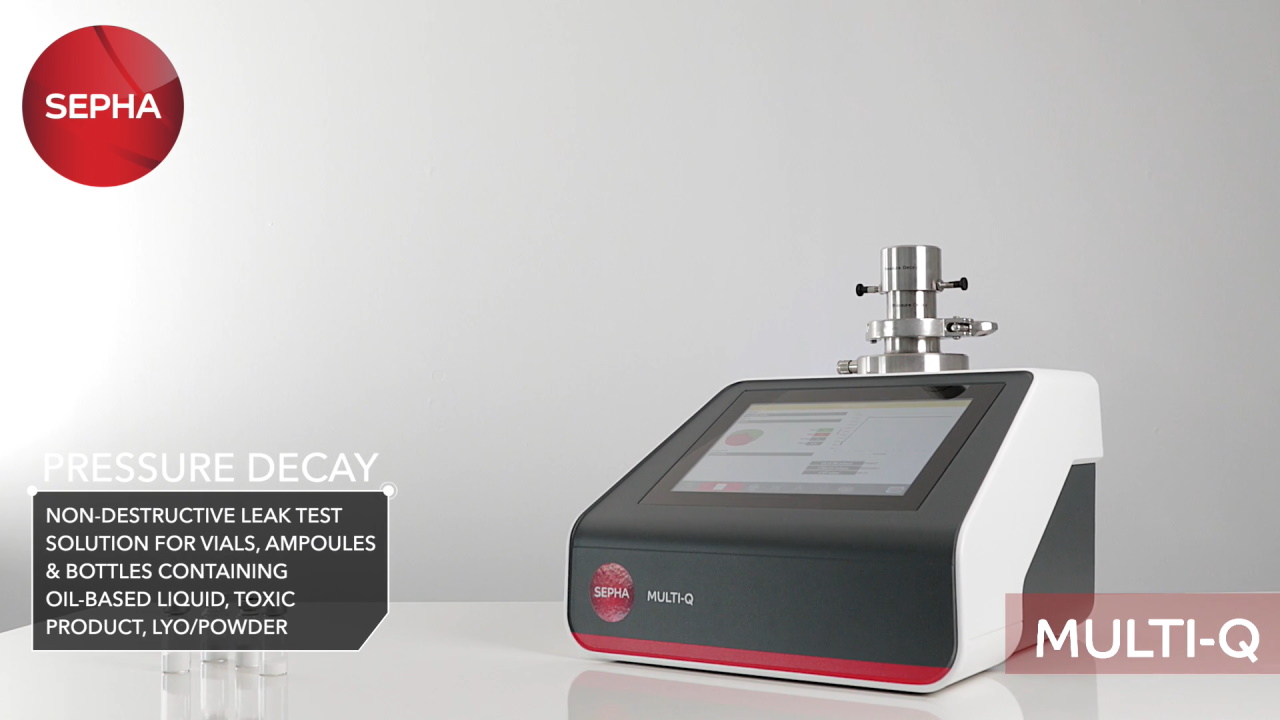
The Multi-Q Pressure Decay method is developed to detect leaks in vials, lyophilized vials, ampoules, bottles, and other containers containing toxic product, oil-based liquid, protein/glucose, lyo/powder, or other content not suitable for Vacuum Decay leak testing.
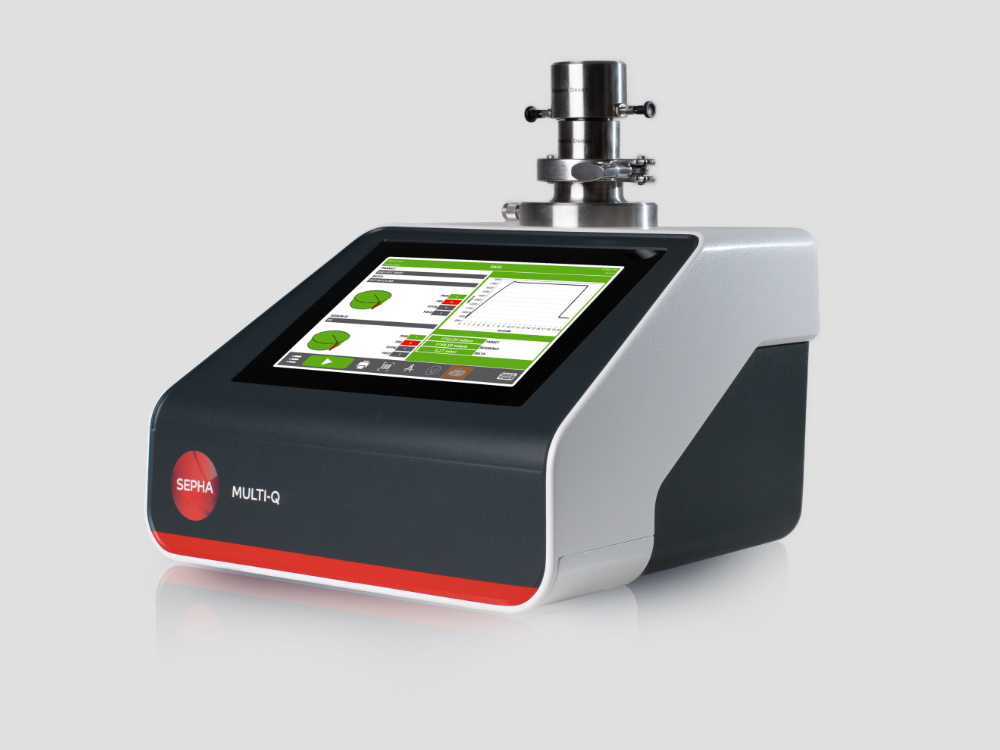
The Multi-Q pressure decay test is easy to perform. The sample is placed inside a chamber that is designed based on container type and size to create the required fit. The chamber is pressurised, stabilised and the change in pressure is monitored over time. Any change in pressure indicates air is leaking into the sample being tested, resulting in a fail.
Depending on container type and size, the method can give a pass/fail result as quickly as 10 seconds, down to 5μm*. The non-destructive technique provides deterministic, reliable, and repeatable results in line with USP 1207 guidelines.
* Dependent on container type and content
-
Features
- Non-destructive, deterministic, quantitative test method
- Utilizes pressure decay to identify defects as low as 5µm (container and content dependent)
- Ideal for testing lyophilized vials, vials, ampoules, bottles and other containers containing toxic product, oil-based liquid, protein/glucose or lyo/powder
- Rapid test time as low as 10 seconds
- 21 CFR Part 11 compliant
-
Technical Spec
Container Type
Vials, ampoules and bottlesContainer Content
Oil based liquid, toxic product, glucose/protein, lyo/powderMeasurement Range (dependent on container type and content)
Down to 5μmTest Cycle Time
Starting from 10 secondOperation
Custom tooling attachable to top of unit or via test portData Storage Capacity
UnlimitedASTM Standard Test Method
N/AUser HMI
10.1” PCAP TouchscreenConnectivity
Active directory, network printing, central network storage, custom MES/OPC data connectors available. 3x USB, ethernet port, external calibrated leak portUtilities
Electrical 24V 5A; Air Supply: Min. 200L/ min at 0.6Mpa {ISO8573-1:2010 Class 2} or vacuum pumpFeatures
Flexible reports -
Pressure Decay
How does pressure decay leak testing work?
To conduct a pressure decay test, the container is placed in a test chamber that is pressurised to a target level.
The chamber is then allowed to stabilize, and the decay or loss of pressure is measured over a set period of time. Any change in pressure indicates air is leaking into the container being tested, indicating the presence of a leak.
Learn more
